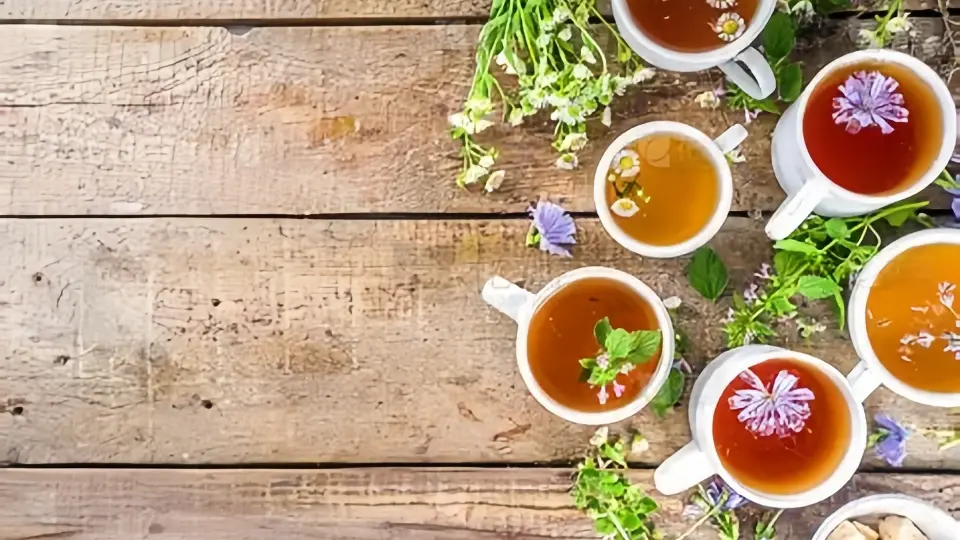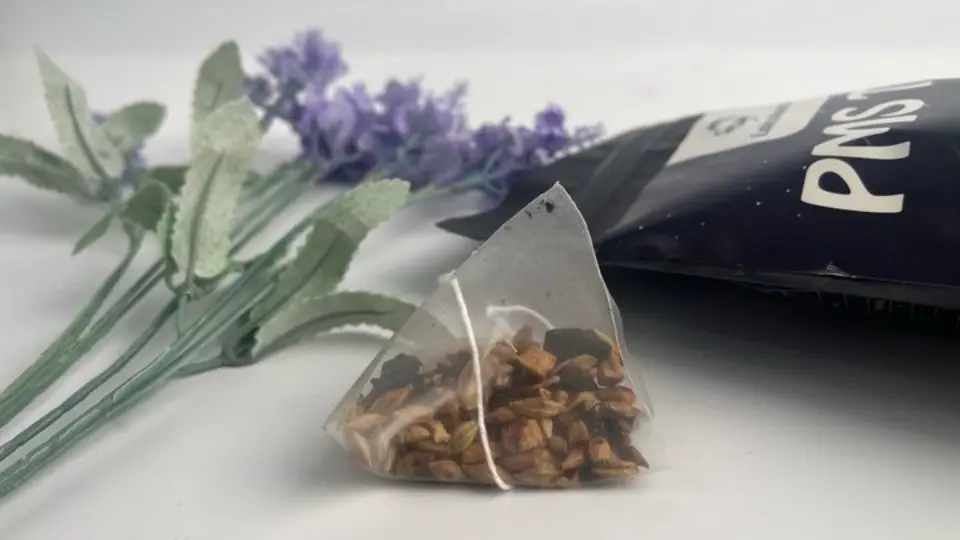Finding Relief: The Best Teas for PMS Symptoms, Bloating, and Cramps

Each month, the discomforts of Premenstrual Syndrome (PMS) such as bloating, cramps, and mood swings affect countless women. Finding a natural and gentle method of relief has become a key pursuit, and herbal teas are often the first choice. Yet, faced with a wide array of options, we are left to wonder: **what tea is good for pms**? To find the answer, we need to go beyond simple recommendations and conduct a deeper analysis of the effectiveness and limitations of various teas. For a foundational understanding, you can explore What is PMS Tea?
A Comparative Analysis of Single-Ingredient Teas: The Limitations of a Solo Approach
Many single-ingredient teas have demonstrated specific effects in relieving PMS symptoms. However, their scope of action is often limited, making it difficult to provide a comprehensive solution. Let’s conduct an in-depth analysis of some common teas and their performance in scientific studies. To compare a wider range of options, consider our detailed guide: Green Tea vs. Raspberry Leaf vs. Our PMS Tea
- 1. Ginger Tea
Ginger tea is a traditional remedy for menstrual pain. Its potent anti-inflammatory and pain-relieving properties are widely recognized. One study involving over 600 women found that taking 750–2,000 mg of ginger powder during the first 3–4 days of menstruation helped alleviate **menstrual cramps**. Ginger can reduce uterine contractions by inhibiting prostaglandin synthesis, effectively relieving **PMS cramps**.
Summary: Research indicates that ginger powder helps alleviate menstrual pain. However, it's important to note that these studies often use ginger supplements, not ginger tea, so the specific effects of ginger tea are not yet clear and require more research.
- 2. Chamomile Tea
Chamomile tea is known for its gentle calming effects. Studies have found that apigenin in chamomile helps relieve anxiety, improve sleep quality and reduce fatigue. These effects are highly beneficial for managing mood swings and irritability during PMS. While it cannot directly relieve **PMS pain**, it can improve sleep quality associated with PMS, and research shows that poor sleep can worsen menstrual issues.
Summary: Chamomile tea helps alleviate mood swings and improves sleep. However, its effectiveness in relieving menstrual pain lacks explicit evidence.
- 3. Peppermint Tea
Peppermint tea is celebrated for its digestive soothing properties. Its main component, menthol, can relax smooth muscles, effectively relieving **PMS bloating** and gas. While many people share anecdotal evidence of its effectiveness for period pain, there is a lack of direct scientific research to support that peppermint tea can reduce pain caused by uterine contractions. Nevertheless, it remains an effective solution for bloating and digestive discomfort.
Summary: Peppermint tea is beneficial for relieving bloating and digestive discomfort but lacks direct scientific evidence for its effect on menstrual cramps.
- 4. Green Tea
Green tea is rich in antioxidants and has anti-inflammatory properties, which may help reduce bloating. One study of 1,183 women also showed an association between green tea consumption and reduced menstrual pain. Additionally, the amino acid L-theanine in green tea may help you feel more relaxed. However, the caffeine content in green tea is a factor to consider. For those sensitive to caffeine, consuming it during PMS may exacerbate anxiety and irritability, making it not a universally ideal choice for **what tea is best for pms**.
Summary: Green tea may help reduce menstrual pain, but its caffeine content may not be suitable for everyone, especially those with significant mood swings.

Why a Comprehensive Blend is a Better Solution
Through our in-depth analysis of single-ingredient teas, we can draw a clear conclusion: the diverse nature of PMS symptoms means that a single-ingredient tea can rarely provide comprehensive relief. The true solution lies in a scientifically formulated comprehensive blend. This is exactly what a product like Laicuherb PMS Tea aims to provide.
Laicuherb PMS Tea synergistically combines multiple effective ingredients. For example, rose flower is used to regulate qi and soothe the liver, relieving emotional distress; ginger is used to warm meridians and dispel cold, alleviating menstrual pain; and goji berries are used to nourish the liver and kidneys, boosting overall resilience. This holistic approach ensures it can address multiple physical and emotional discomforts simultaneously, which is the essence of **what teas are good for pms**.
Cautions and Conclusion
When choosing a tea to relieve PMS, it's essential to consider factors beyond its efficacy. While most herbal teas are considered safe, it's best to consult a doctor if you are taking any medications or have existing health conditions. Additionally, be mindful of the caffeine content, especially if you are sensitive to it or have poor sleep quality, as too much caffeine can worsen symptoms. For instance, a cup of green tea contains about 29 mg of caffeine, while a cup of oolong tea contains around 38 mg.
For a more comprehensive look at the efficacy and history of these remedies, we invite you to read Beyond the Trends.
Final Summary: If you are pregnant, taking medication, or have specific health conditions, you should be cautious when choosing teas. Also, be mindful of your caffeine intake. If you are experiencing severe menstrual pain, be sure to consult your healthcare professional.
About the Author

The core content team at Laicuherb is a collective of experts, including health professionals, consultants in Traditional Chinese Medicine, and experienced content strategists. Some articles are authored by our brand's founders or R&D scientists. Our team has deep expertise in herbal health, integrating the wisdom of traditional medicine, modern nutrition, and women's health research to transform ancient wellness principles into practical, accessible content for everyday life.







